UNESCO/PrensaGem Report
El Informe Global de Monitoreo de la Educación ha lanzado una nueva herramienta interactiva en línea, el Progreso de la Educación . Disponible en siete idiomas principales, el sitio reúne datos de varios productores, en particular el Instituto de Estadística de la UNESCO, para explorar el progreso realizado hacia el ODS 4, el objetivo de educación global. Muestra el progreso realizado por cada país, así como los cuellos de botella y las prioridades políticas desde ahora hasta 2030 en cinco temas clave, que se detallan a continuación.
Lo invitamos a explorar el sitio, cuyas visualizaciones permiten a los usuarios observar diferentes países, regiones y niveles educativos para descubrir nuevas formas de pensar sobre el progreso educativo en todo el mundo .
To mark International Education Day, the Global Education Monitoring Report has launched a new online interactive tool, Education Progress. Available in seven major languages, the site brings together data from various producers, notably the UNESCO Institute for Statistics, to explore the progress made towards SDG 4, the global education goal. It shows the progress being made by each country, as well as the bottlenecks and policy priorities from now until 2030 in five key themes, covered in brief below.
We invite you to explore the site, whose visualisations enable users to look at different countries, regions and education levels to uncover new ways of thinking about education progress around the world.
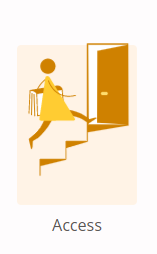 Access Globally, 88% of children complete primary school, 72% complete lower secondary school and 53% of youth complete upper secondary school
Access Globally, 88% of children complete primary school, 72% complete lower secondary school and 53% of youth complete upper secondary school
One of these issues includes the gravity of children who are over-age when they enroll. In Haiti and Liberia, for instance, almost one in ten of 20-year-olds are still in primary school, increasing the likelihood of further repeating grades, failing exams and eventually dropping out of school.
Using innovative and interactive data-visualisations, which can be changed by country, the site also shows the impact of population growth on out-of-school numbers. In sub-Saharan Africa, for example, the primary school-aged population has more than doubled between 1990 and 2017. As a result, even though the rate of out-of-school children has more than halved during this period, the number of children out-of-school has barely changed.
The tool also enables the comparison of trends in completion rates between counties. Out-of-school rates go in completely opposite directions from 2005 onwards for Eritrea and Ethiopia, for instance, as the two countries have chosen different paths in their investment to education.
 Equity There has been progress globally towards gender parity in education, but still only two in three countries have achieved gender parity at the primary level, one in two at the lower secondary level and one in four at the upper secondary level.
Equity There has been progress globally towards gender parity in education, but still only two in three countries have achieved gender parity at the primary level, one in two at the lower secondary level and one in four at the upper secondary level.
The data also digs into the persistent inequalities in education still needing to be addressed.
It shows that there has been a move towards gender parity globally, and girls and young women in many, mostly richer, parts of the world now outnumber boys and young men in schools and universities. In tertiary education two –thirds of countries have extreme disparity at the expense of boys, a situation that is becoming worse over time.
Overall, education gaps between girls and boys are not as wide as between those in rural and urban areas, however, and between the rich and the poor. In sub-Saharan Africa, the gaps between the poorest and richest grow over the course of the education trajectory, with fewer than 10 of the poorest girls, compared to 90 of the richest for every 100 boys attending tertiary education.
 Learning In one out of four countries in sub-Saharan Africa, more than half of students at the end of primary school achieve below the minimum proficiency level in reading.
Learning In one out of four countries in sub-Saharan Africa, more than half of students at the end of primary school achieve below the minimum proficiency level in reading.
Crucial to SDG 4, Education Progress also examines the status of learning, highlighting the importance of a focus on quality education. It shows that, worldwide, of those who completed the equivalent to a primary education, one in two were unable to read a simple sentence. This rises to eight out of ten in Central and Southern Asia and sub-Saharan Africa.
Some countries, such as Saudi Arabia, have seen the share of students achieving minimum learning levels stagnate over time. In other countries, such as Morocco, rates increased fast enough to bring them on track of reaching the SDG 4 education target by 2030.
Adult education is examined as well. Illiteracy remains widespread in many countries, especially among women. If it is increasing at all, new data visualisations show the extent to which this is down to literate young people growing up, and not because adults are getting a second chance at an education.
In 37 countries in sub-Saharan Africa, over half of women cannot read. Progress has either stalled at very low levels as in Chad and Burkina Faso, where less than 5% can read, or been slow, as in Mozambique, which has improved from 5% to 15% over fifteen years.
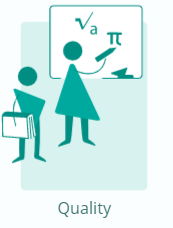 Quality : Globally, most teachers are trained but in sub-Saharan Africa, the percentage of trained teachers fell gradually from 84% in 2000 to 69% in 2018.
Quality : Globally, most teachers are trained but in sub-Saharan Africa, the percentage of trained teachers fell gradually from 84% in 2000 to 69% in 2018.
By selecting different countries, and putting regions alongside each other over time, the new visualizations clearly show the impact that the introduction of free education between 1990 and 2000 had on classroom sizes. In sub-Saharan Africa particularly, teacher recruitment clearly didn’t keep pace with enrolment and pupil-teacher-ratios increased often fairly dramatically as a result.
Aside from numbers of teachers, the site explores the share of teachers that are trained or qualified, showing that rates are high on average, globally, but falling in sub-Saharan Africa overtime.
The quality of education also relies upon having a good, safe learning environment, which includes having adequate sanitation facilities, electricity, the internet and water, and being free from violence and bullying. Yet, basic water was available in only 44% of primary schools in sub-Saharan Africa, 79% in Eastern and South-Eastern Asia, and 85% in Central and Southern Asia. In low income countries, 68% of primary and 48% of upper secondary schools do not even have electricity. One in three adolescents, frequently more boys than girls, are victims of bullying.
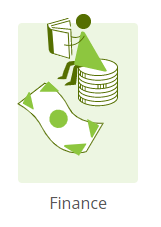 Finance: One in four countries do not meet either of the key finance benchmarks for governments outlined in the Education 2030 Framework for Action.
Finance: One in four countries do not meet either of the key finance benchmarks for governments outlined in the Education 2030 Framework for Action.
Lastly, but crucially, the site looks at finance, examining which donors are giving what and to whom, and how much of the bill households are having to pick up.
At present, as new visualisations show, only a tiny fraction of global education spending goes to low-income countries, where households are contributing a higher share than anywhere else. Every year, only 0.5% of all spending on education is spent in low income countries and households are covering a fifth of the cost of education.
Contrary to perceptions, donors only account for just 0.3% of total spending globally on education. This makes the spending by governments crucial. But, currently, more than one in four countries spend less than 4% of GDP and less than 15% of total government expenditure on education – the two financing benchmarks.
Donors’ contribution stagnated at the time of the financial crisis in 2009. The share they are giving to low income countries has fallen too. The site allows visitors to visualize all the main donors, seeing how much they allocate to poor countries, how much to basic education, and how much of their overall GNI they give to aid. In one of the most innovative visualisations on the site, visitors can also see just how much each of the top ten donors are giving to different education levels in different countries. This exposes the fact that some of the major donors are allocating most of their aid to post-secondary education, an indication that their funds are being spent on foreign students, rather than working towards equity and quality at the basic education level.}
Fuente: https://gemreportunesco.wordpress.com/2020/01/24/education-progress-the-gem-reports-new-online-interactive-tool-exploring-progress-made-towards-sdg-4/
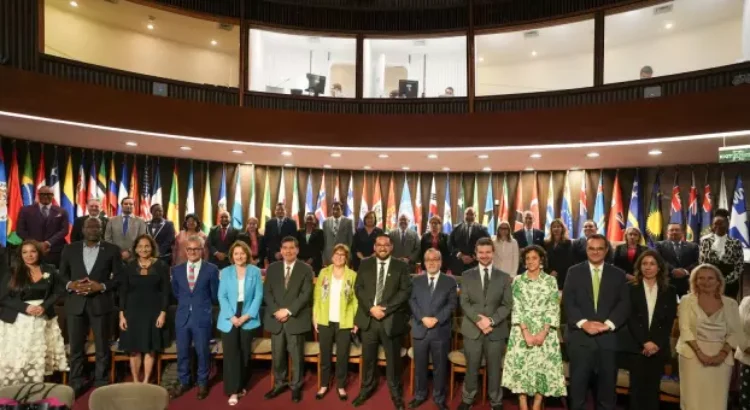
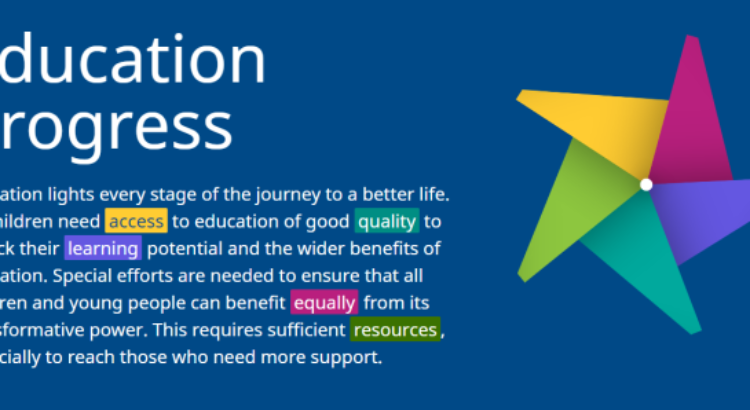

 Equity
Equity Learning
Learning Quality
Quality Finance
Finance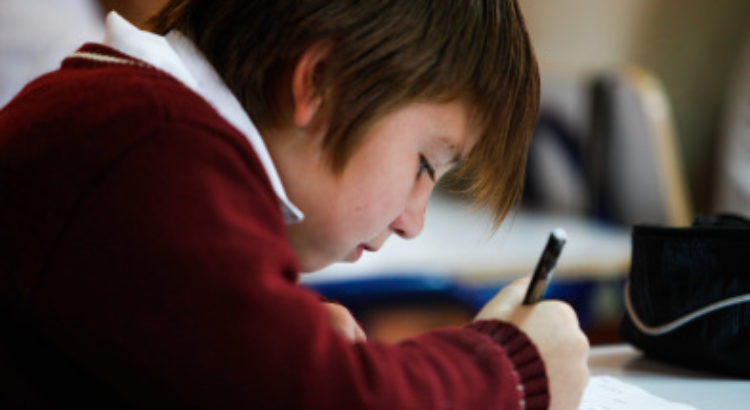
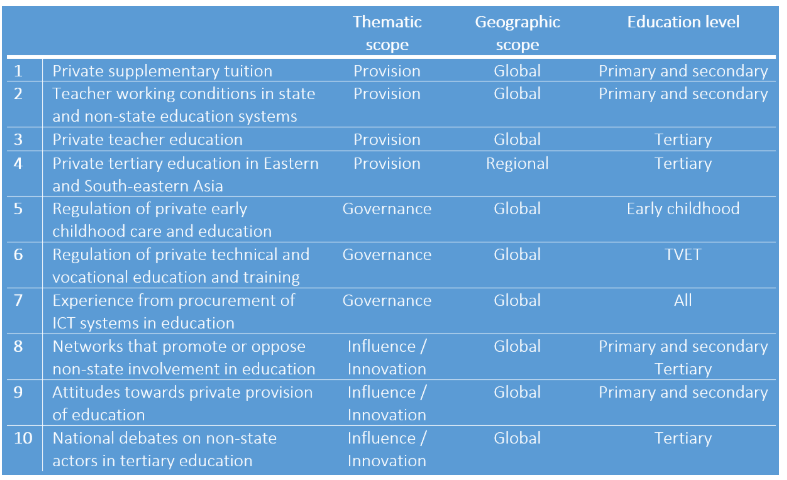

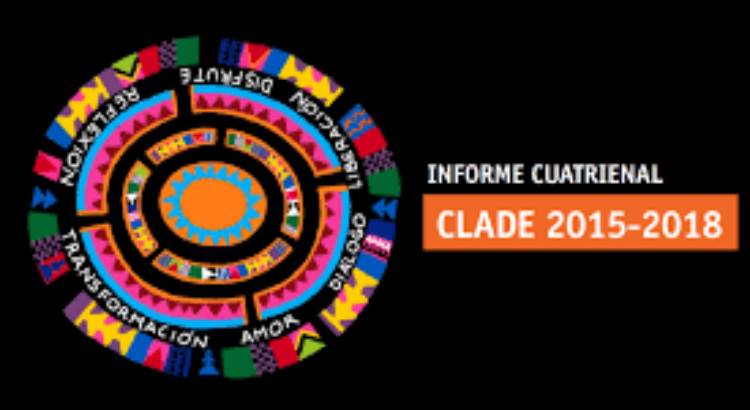

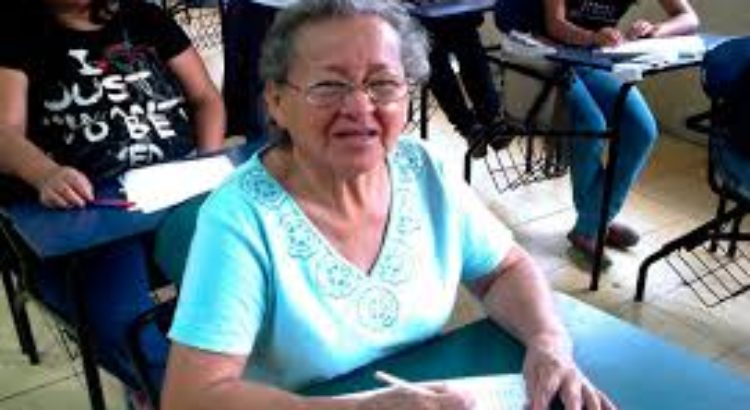






 Users Today : 155
Users Today : 155 Total Users : 35459750
Total Users : 35459750 Views Today : 276
Views Today : 276 Total views : 3418248
Total views : 3418248